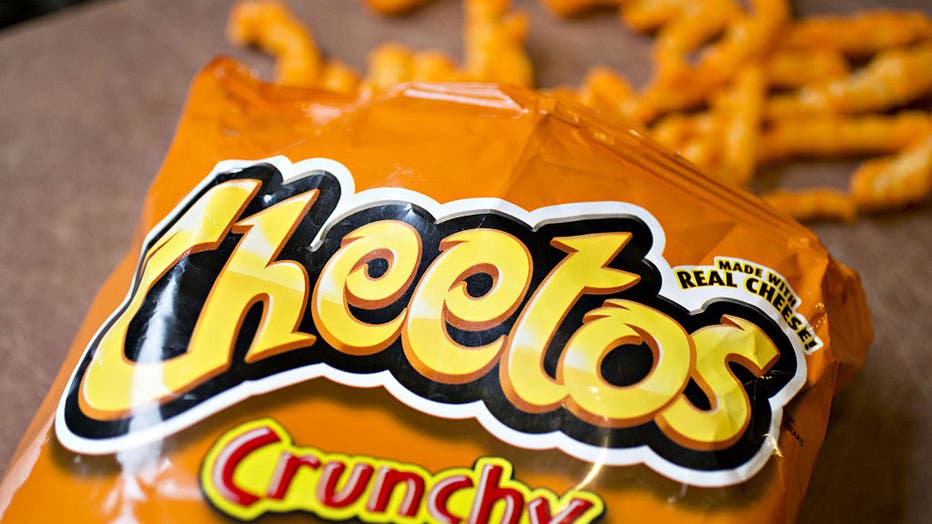The yellow dye in Cheetos makes skin transparent, scientists find
LOS ANGELES - A surprising new study has revealed that a common food dye, tartrazine, which gives Cheetos their signature color, can make mouse skin temporarily transparent. The discovery could pave the way for new, noninvasive ways to observe internal organs and tissues in living animals, potentially advancing scientific research.
The study, published in "Science" on Sept. 5, shows how the synthetic yellow dye slowed light enough to render skin translucent when applied to the surface of shaved mice. The dye, commonly used in snack foods like Cheetos and Doritos, allowed researchers to view internal structures, including beating hearts and working digestive systems, without invasive procedures.
How does the dye work?
The transparency effect works by reducing the scattering of light, which normally makes biological tissues opaque. Typically, cells scatter light because they contain materials with different refractive indices, like water and lipids. Tartrazine, however, slows light to just the right speed, allowing it to pass through the tissue without scattering, especially in red and orange wavelengths.
The process is fast. Once applied to the mouse’s bare skin, the dye creates a window into the body, allowing scientists to observe organs and even neurons firing in the brain through the skull.

A bag of Cheetos brand snacks is arranged for a photograph. (Photographer: Daniel Acker/Bloomberg via Getty Images)
What does this mean for research?
Although the technique is still in its early stages and not yet suitable for humans, it could have major implications for medical research. Instead of relying on expensive imaging technologies like X-rays or MRIs, researchers may be able to use dyes like tartrazine to study internal organs in real-time.
Hiroki Ueda, a biologist at the University of Tokyo who was not involved in the research, called it "a dream in the field," though he cautioned that more work is needed before such techniques can be applied beyond the lab.
So are Cheetos safe to eat?
Tartrazine is FDA-approved for use in food products, meaning it’s safe for consumption. However, further studies are needed to determine whether the dye is safe for long-term use in medical applications. The study found no negative side effects in the mice, and their natural skin color returned after the dye was washed off.
Nevertheless, experts note that more research is needed to fully understand how the body processes and eliminates the dye, and how deep into tissues the transparency effect can go.
The Source:
This article is based on research published in Science on September 5, 2024, and insights from scientists involved in the study. Further commentary was provided by experts in the field, including Hiroki Ueda of the University of Tokyo.

